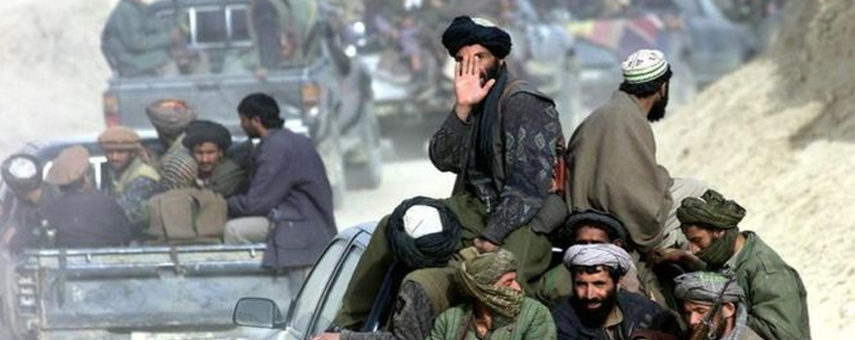“Gradual squeeze” is the new phrase Pakistani officials are invoking when responding to questions on what they are doing to blunt the Taliban ability to plan and organise operations inside Afghanistan. Taliban leaders are being told to move families and businesses elsewhere and refrain from cross-border operations.
Recent arrests in Balochistan of several Taliban leaders, including Ahmadullah Muti alias Mullah Nanai, Suleman Agha alias Samad Sani, and Mullah Sani appeared to be part of this squeeze, which also prompted three Taliban leaders to rush to Pakistan from Doha, where their political office is located. Taliban were told to close ranks for the peace process and follow the path that the Hezb-e-Islami chose for its peace with Kabul. Sartaj Aziz, the foreign affairs advisor, also believes the peace deal could serve as a good model for other Taliban factions to follow suit as Pakistan presses these factions to focus on talks instead of fighting.
But will such statements correct the deep-seated perceptions of the nexus between the Haqqani Network and the Pakistani establishment? Fearful of a possible backlash by the Pakistani Pashtoon-Punjabi militants stalking parts of mainland Pakistan, officials remain extremely careful. They would not want to take on all those denounced by the Afghan government as the “enemies of innocent Afghan women and children.” This begs another big question: if stymied by the fears of a blow-back, will Pakistan still be able to convince Afghan or American officials of its “squeeze on Taliban?”
And more importantly, will reiterations of support for the Afghan peace and reconciliation prevent gory attacks such as the one on the Police Academy in Quetta, or the one that left nearly 13 dozen lawyers dead end of June this year in the same town. Probably not, for the simple reason that Pakistan is damned if it does. And it is damned if it doesn’t.
Critics disregard the proxy war factor and the pawns that are used in this; the TTP, IS/Daesh and Lashkar-e-Jhangvi al-Alami and The Islamic Movement of Uzbekistan (IMU). General Nicholson, the top US commander in Afghanistan, also underscored the impact that these proponents of the trans-border Islamist ideology are having on the security landscape. In a recent interview, Nicholson conceded that the TTP and the IMU have filled the ranks of Daesh based in the east Afghan province of Ningarhar. In an NBC TV interview, he also admitted the difficulties that the 2,600 km border represents: “It’s still a very porous border region and we do see insurgents moving both ways across the border, some from Afghanistan to Pakistan and then of course the Haqqanis and the Taliban moving from Pakistan into Afghanistan.” Such ground facts often go missing in bilateral discourses; even during a recent Pak-Afghan Track 11 dialogue called “Beyond Boundaries”, Pakistan’s support for the Taliban and its administrative measures consumed most of the time. The dialogue ended on a positive note but Pakistan’s current and past role vis-a-vis the Haqqani Network remained a contested issue.
Such unofficial interactions provide opportunities for small course-correction of tactics deployed by respective establishments. New visa restrictions (Afghans barred from visit of Cantonment areas) or mistreatment of Afghan refugees were some of the issues that the delegates brought to the attention of Sartaj Aziz and Minister Qadir Baloch.
Similarly, many Afghans would have the world believe that violence in the region originates in Pakistan. They would also refuse to accept terrorism in Pakistan as reprisal by the Indian or Afghan establishments. But all shall have to concur that instead of dumping everything on Pakistan, only common efforts will help us against forces of terror. Sanctuaries — whether in Waziristan or Nuristan and Ningarhar — shall have to be taken down.
The author Imtiaz Gul is the Executive Director of Center for Research and Security Studies (CRSS). This article originally appeared in The Express Tribune, October 26, 2016. Original Link.

